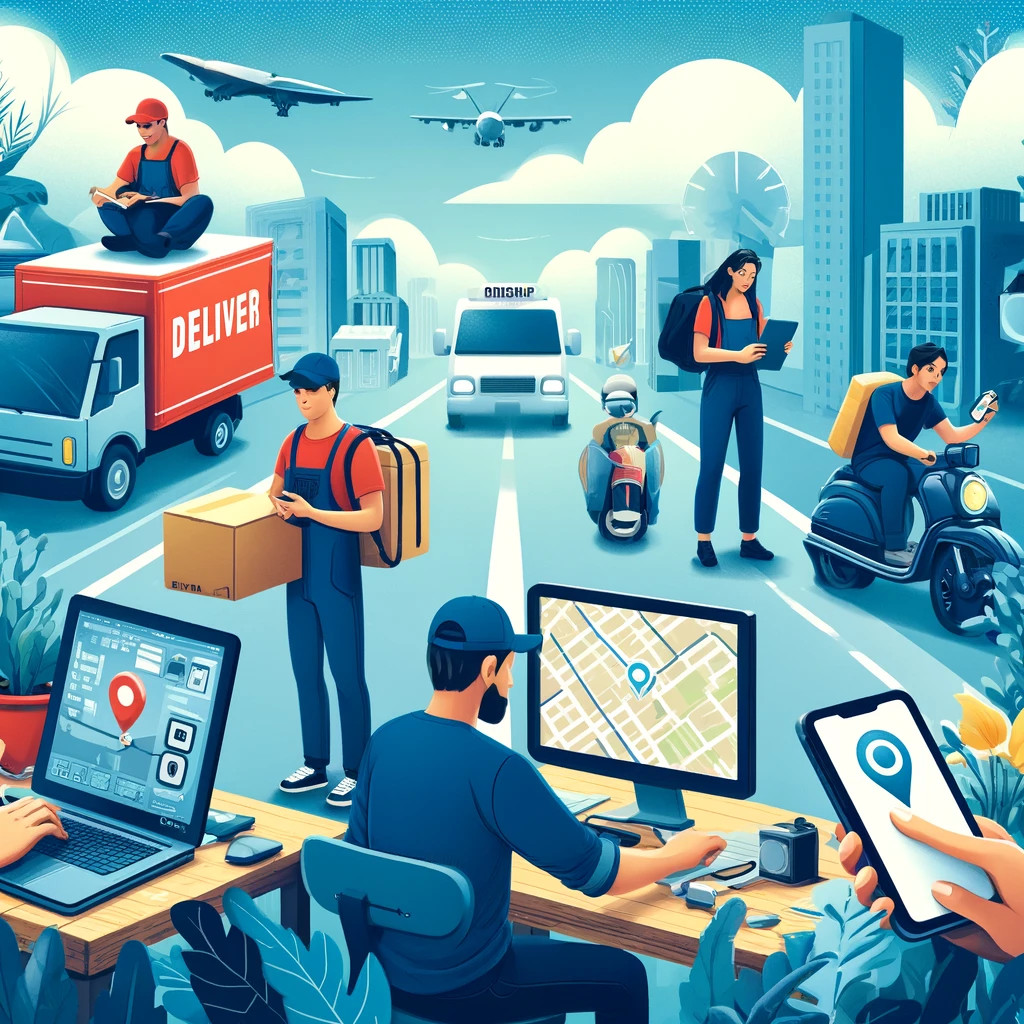The gig economy has undergone a significant evolution, and in 2025, it’s entering a new era—Gig Economy 3.0. Characterized by greater inclusivity, technological integration, and enhanced worker protections, this iteration is transforming how we view employment and entrepreneurship.
The New Face of Gig Work
In 2025, gig work extends far beyond ride-sharing and food delivery. Professionals from diverse fields, including healthcare, education, and creative industries, are embracing flexible work models. Platforms like SkillHive and ExpertNet have emerged, connecting specialists with global clients.
Technology as an Enabler
Advanced technologies are central to Gig Economy 3.0. AI-powered platforms match workers with opportunities based on skills, preferences, and market trends. Virtual reality (VR) workspaces enable remote collaboration, while blockchain ensures secure and transparent payment systems.
Worker Protections and Benefits
One of the most notable shifts in 2025 is the focus on worker rights. Governments and platforms are introducing benefits like health insurance, retirement plans, and paid leave for gig workers. Legal frameworks are evolving to ensure fair treatment and job security.
The Rise of Digital Nomadism
Digital nomadism has reached new heights, with millions of professionals working from exotic locations. Countries are now competing to attract digital nomads through special visas, tax incentives, and coworking hubs.
Challenges and the Road Ahead
Gig Economy 3.0 faces challenges like market saturation, income volatility, and the need for continuous skill development. However, with ongoing innovation and policy support, it’s set to redefine the future of work.
The gig economy in 2025 is more inclusive, technologically advanced, and sustainable. It represents a shift toward a flexible and empowering labor market that benefits both workers and businesses.

